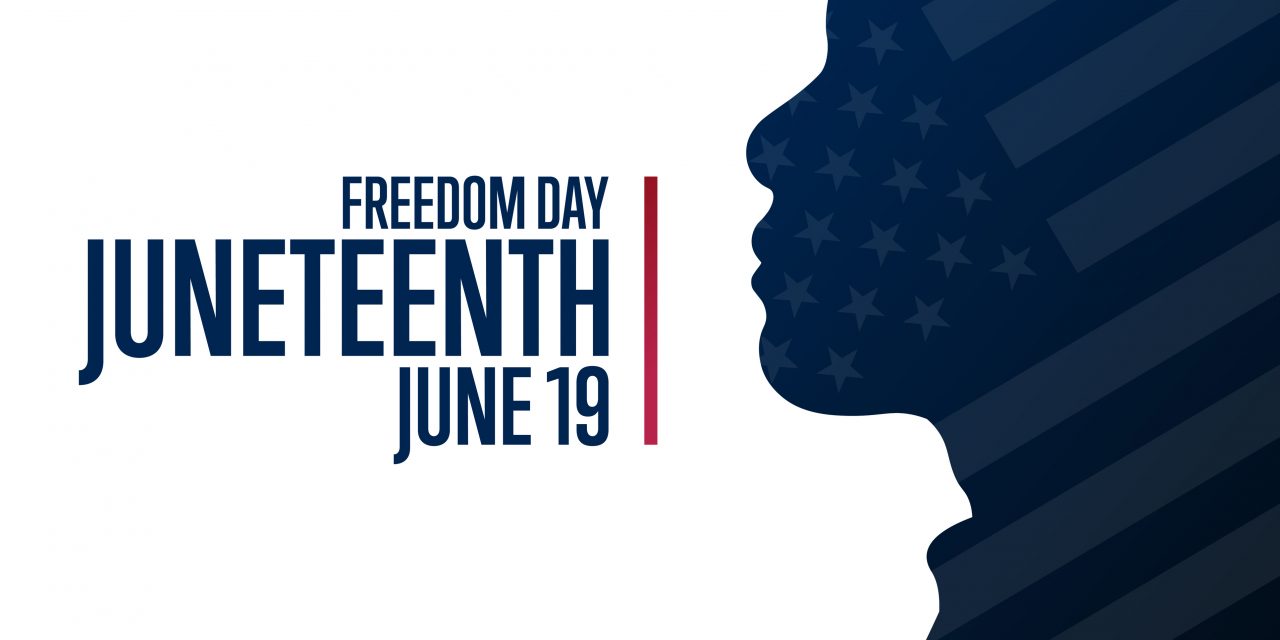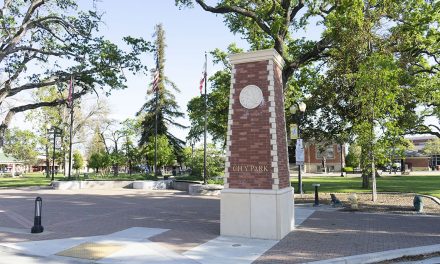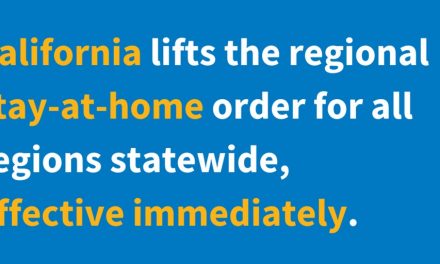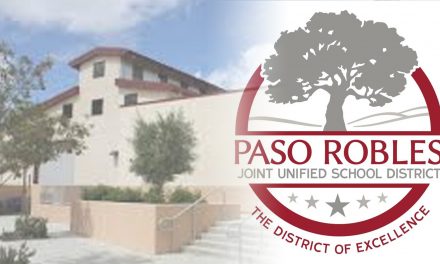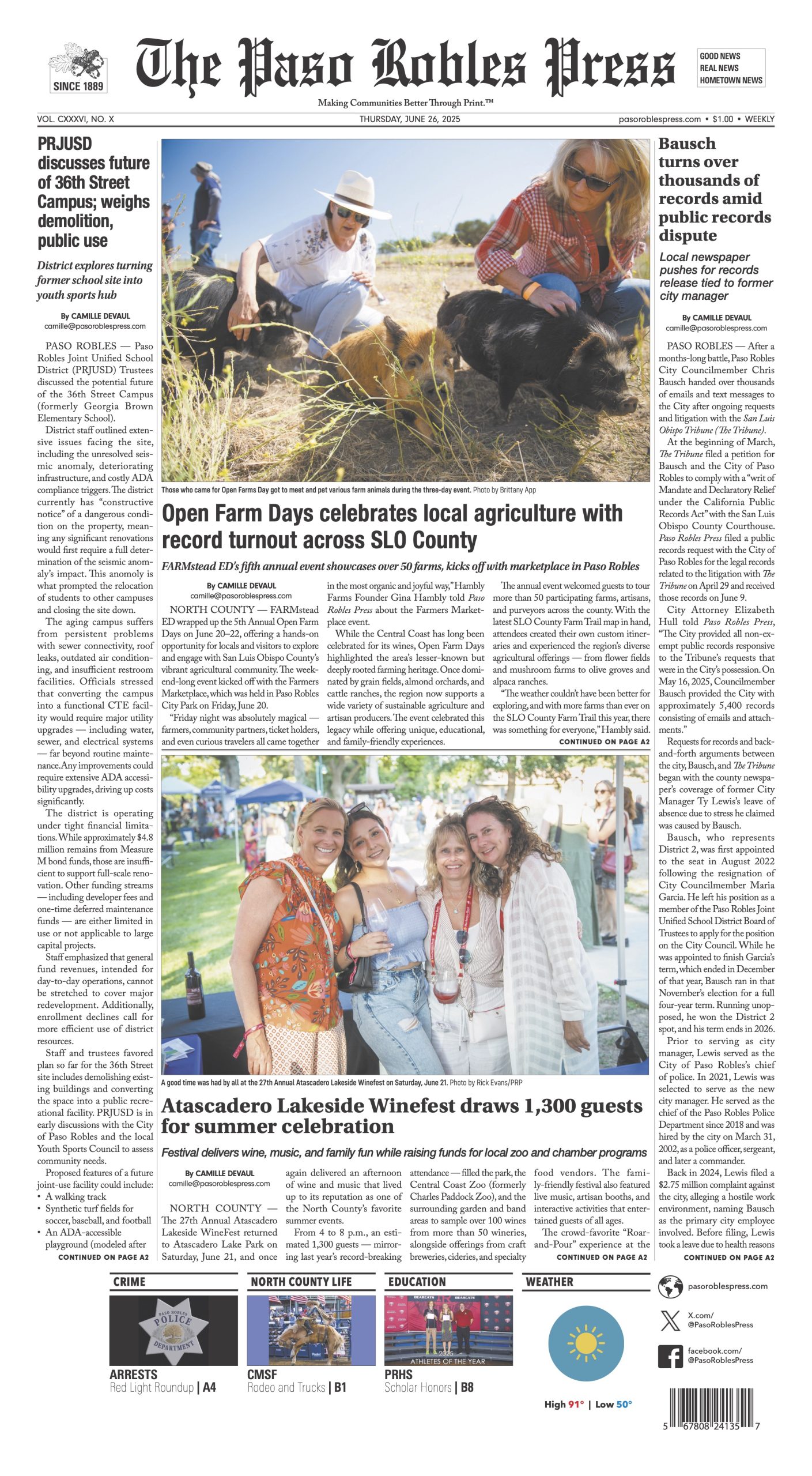A special to the Atascadero News and Paso Robles Press
The warm month of June is home to a holiday that some say deserves much more national recognition and local celebration than it has received since it was first recognized. Juneteenth marks the final stop on Jun. 19, 1865, of Union Major General Gordon Granger arriving in Galveston, Texas, to announce, “The people of Texas are informed that, in accordance with a proclamation from the Executive of the United States, all slaves are free. This involves an absolute equality of personal rights and rights of property between former masters and slaves, and the connection heretofore existing between them becomes that between employer and hired labor. The freedmen are advised to remain quietly at their present homes and work for wages. They are informed that they will not be allowed to collect at military posts and that they will not be supported in idleness either there or elsewhere.”
Juneteenth marks the emotional and purposeful end to the American Civil, fought between a Democratic Party intent to expand slavery into new states and a Republican Party created in 1854 to oppose the extension of slavery.
Upon Abraham Lincoln’s election as the 16th president of the United States, with a clear mandate to act in some way on the existence of state-sanctioned slavery — which violated the inalienable human rights emblazoned in the Declaration of Independence and principles vested in the Bill of Rights. The conflict was inevitable, and the Civil War was a long and bloody war that cost 620,000 American lives on both sides of the conflict.
Juneteenth is the proclaimed end to that conflict, announced to the people of Galveston, Texas, in June of 1865 — little more than a month after the final battle of the Civil War, the Battle of Palmito Ranch.
The final conflict of a war that spanned more than four years — Apr. 12, 1861, to May 13, 1865 — was fought on what the Texas Observer described as “an unremarkable patch of salt prairie to the east of Brownsville, where on May 12 and 13, 1865, a Union advance was beaten back by Confederate artillery fire. About 800 troops were involved at what came to be called the Battle of Palmito Ranch.”
Approximately 300 miles north, Maj. Gen. Granger rode into Galveston with his announcement less than 40 days later, and the day would live on as a true day of celebration for the end of state-sanctioned slavery in the United States.
While the Emancipation Proclamation was far more famous, ringing the words of President Lincoln in the heart of the nation, it was Granger’s announcement that gave birth to the holiday, Juneteenth.
Thirteenth Amendment
Section 1
Neither slavery nor involuntary servitude, except as a punishment for crime whereof the party shall have been duly convicted, shall exist within the United States, or any place subject to their jurisdiction.
According to the National Archives, “Although the Emancipation Proclamation did not end slavery in the nation, it captured the hearts and imagination of millions of Americans and fundamentally transformed the character of the war. After Jan. 1, 1863, every advance of federal troops expanded the domain of freedom.
Moreover, the Proclamation announced the acceptance of black men into the Union Army and Navy, enabling the liberated to become liberators. By the end of the war, almost 200,000 black soldiers and sailors had fought for the Union and freedom.”
With new vigor, Union soldiers battled against a ferocious Confederate Army for another two and a half years after Lincoln issued the Emancipation Proclamation on Jan. 1, 1863.
Ironically, the Second Battle of Galveston also happened on Jan. 1, 1863. A land-sea attack by Confederate Maj. Gen. John B. Magruder successfully retook the island of Galveston and forced the Union out to sea.
The Civil War waged on with 257 more battles in 29 months after the famous Emancipation Proclamation, according to the Civil War Sites Advisory Commission.
The end of the Civil War came not with a bang but a whimper as 800 soldiers on both sides fought the Battle of Palmito Ranch, which the Confederate army won — on the southern-most land to hold a battle in the war.
But the final Confederate victory was of little to-do, as the announcement by Maj. Gen. Granger was a proclamation of victory for the Union and the end of the practice of slavery in the United States.
Juneteenth is a state holiday in Texas, New Jersey, New York, and Massachusetts and observed in 46 states, including California. On Feb. 21, 2003, Assemblyman Edward Vincent (D) introduced the bill to proclaim the third Saturday in June as “Juneteenth National Freedom Day: A Day of Observance.”
The bill was approved by California Governor Gray Davis on Jul. 31, 2003 — Davis was recalled later that year, and the voters of California elected Arnold Schwarzenegger as Governor.
The time between the introduction of the Juneteenth bill in the California Congress and the signing of the bill into legislation was longer than the time between the final battle of the Civil War and Granger’s proclamation in Galveston, Texas.
Juneteenth today stands as the day in history when the proclamation that “all slaves are free” was made in all corners of the nation. The holiday had gained attention in the latter part of the 20th century, but celebration of the holiday remains concentrated in southern states, especially in Texas, where it has been celebrated for more than 150 years.
In 2020, then-President Donald Trump announced Juneteenth would be made a national holiday, and on Tuesday the Senate unanimously passed a resolution establishing June 19 as Juneteenth National Independence Day, commemorating the end of slavery in the U.S.
The holiday remains culturally significant to all Americans as the announcement of the end of state-sanctioned slavery and the unceremonious end of the most deadly war in American history.
In California, the “Juneteenth National Freedom Day: A Day of Observance” currently lands on Jun. 19 — the third Saturday in June.

